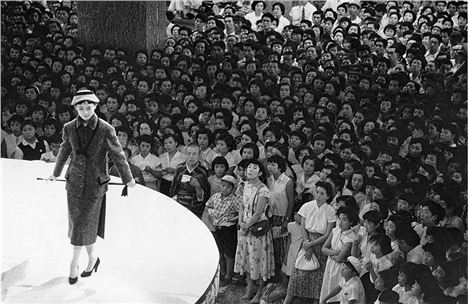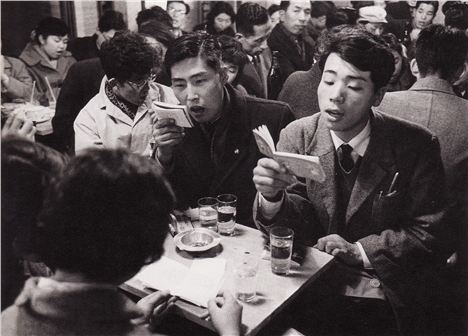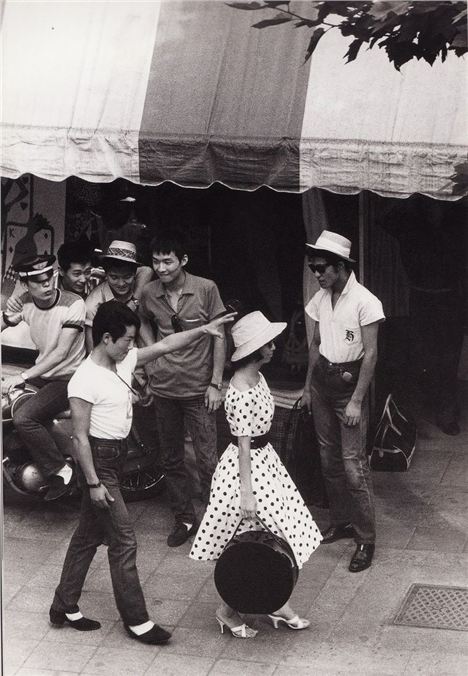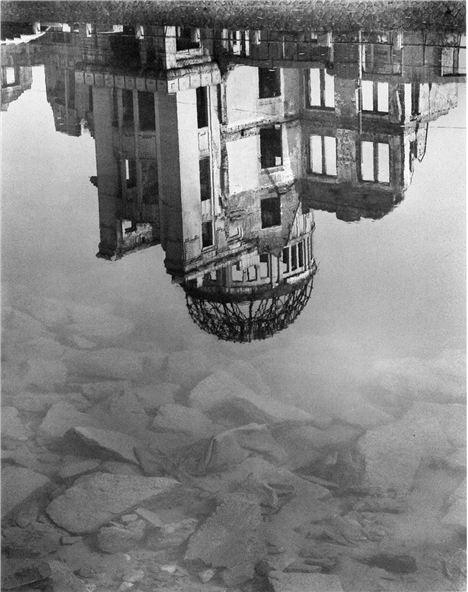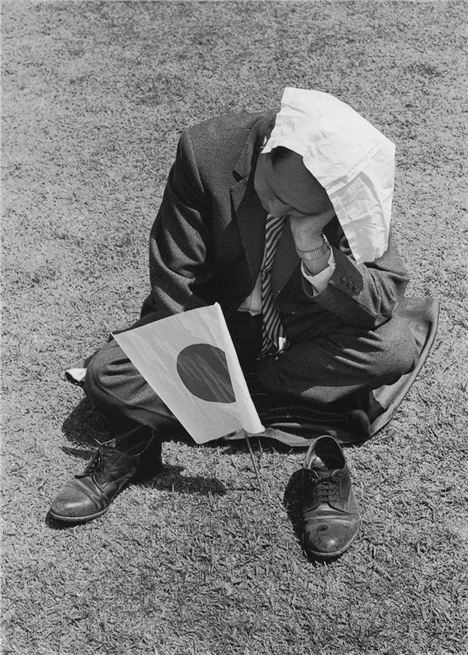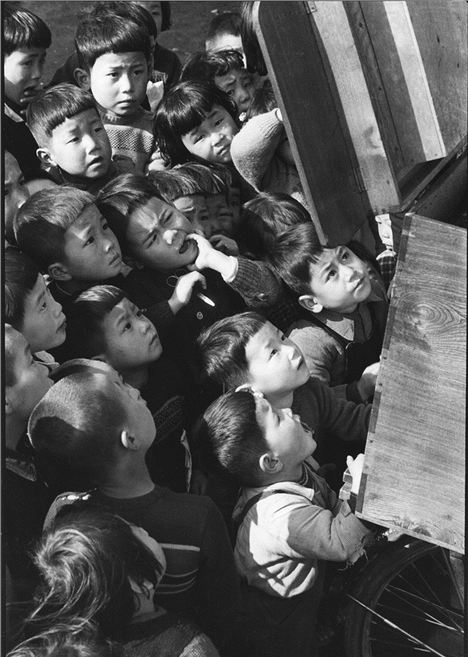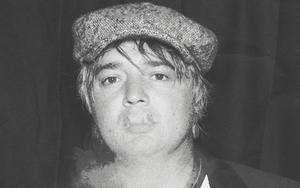BIENNIAL and John Moores Exhibition aside, the biggest show in town, these last 12 months, has been one called The Holding Operation. It has been running right across Liverpool’s public galleries and museums and consists of ever dwindling staff numbers repackaging and reordering existing items in collections and presenting them as new - morale permitting - as the samurai sword of George Osborne delivers death by a thousand cuts to the cultural sector.
Touring shows break some of the monotony. Photography remains big and with the annual camerafest Look/15 around the corner there will, for a short time anyway, be plenty of good documentary work on the walls of publicly funded spaces to pull punters back in.
In the meantime, the sun has risen over Mann Island in the shape of a thoroughly engaging arrival that has devastation, ashes, rebirth and greatness at its heart.
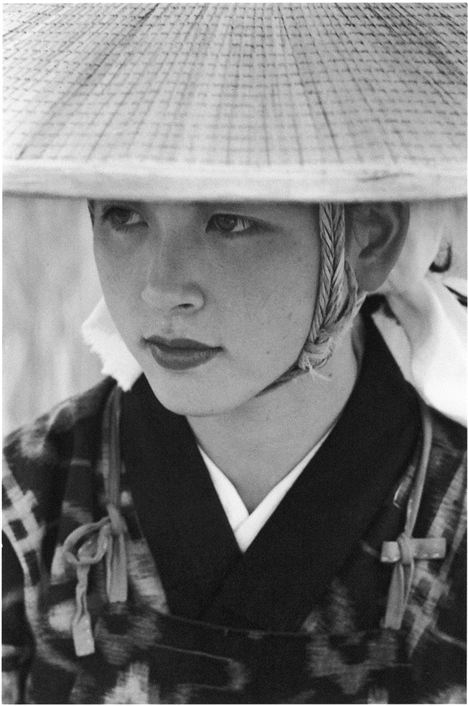 Ihee Kimura: Young Woman. Omagari, Akita, 1953.
Ihee Kimura: Young Woman. Omagari, Akita, 1953.
Metamorphosis of Japan After The War is a collection of more than 100 black and white images, which has rarely been seen in public spaces before now. Organised by The Japan Foundation, it has been hung in consulates, embassies and other civic institutions around this world - Iraq, Germany, Vietnam, The Ivory Coast.
This is its only UK outing and Liverpool is, frankly, lucky to have bagged it.
If you have spent any time there, you will understand that the Japanese psyche is all about honour. That honour was stripped, in one fell swoop, on August 6, 1945, when the B29 Enola Gay flew over the city of Hiroshima.
Could Japan recover? It could. And some. An imperial power no more, it was a demilitarised but not necessarily demoralised state.
The critical mass of energy from the atomic bomb may have spectacularly ravaged Japan but, as we know, energy cannot be created or destroyed, it has to be reworked. Thus, over the next 20 years the rest of the world stood and watched as the nebulous nation crackled to life as a global economic and technical superpower, bathed in dazzling light.
Democracy played a big part in free creative expression and the nation that would give us Canon and Nikon also spawned the raw talent that would press those hi-tech shutters. What that talent captured was, perhaps, completely at odds with this tsunami of progress: Japan's human side.
Fashion show in a Tokyo department store
Metamorphisis... reflects on the turbulent period that followed the war and ended with the world’s "acceptance" of the nation again, in 1964, when the Yokyo Olympics were staged. Curators Tsuguo Tada and Marc Feustel have laid out the dark, the stark and the immensely striking work of 11 leading Japanese photographers.
They include the genius of Ken Domon, perhaps the best-known Japanese photographer of the 20th century. Ihee Kimura, above, whose approach to realism was distinguished from Domon's by its unique aesthetics. Hiroshi Hamaya, who photographed the climates and environments of mountain and agricultural villages together with the lives of their inhabitants.
Jumping out is the wizardry of Tadahiko Hayashi whose portraits are simply mesmerising. Then there are the “younger” generation - Shigeichi Nagano, Ikko Narahara, Kikuji Kawada, Shomei Tomatsu and Yasuhiro Ishimoto not forgetting the verve of Eikoh Hosoe and Takeyoshi Tanuma.
The exhibition is divided into three sections: "The Aftermath of the War" "Between Tradition and Modernity" and "Towards a New Japan”.
It all forms a vivid narrative and the pictures only just scratch the surface. Not only that but the small digital screen does them no justice. These are close-ups that you need to breathe in, close up, and if there is one criticism it is that the huge grid of street photographs in the main gallery, perhaps 18ft high, do not allow for the quiet contemplation they deserve as individual records.
Apart from anything else, this Open Eye show one reason to venture to lonely Mann Island - and let’s face it, one does need a compelling reason, as even the now-closed Starbucks found to its cost
The reward is an abundance of beautifully composed, thought-provoking work from the one-shot-luck days of Fujifilm, which will to zap those starved of visual stimulus between the eyes.
As free, accessible shows go, it's the big pachinko jackpot.
9/10
*Metamorphosis Of Japan After The War, until 26 April 2015, Open Eye Gallery, 19 Mann Island, Liverpool Waterfront, L3 1BP. www.openeye.org.uk Phone: 0151 236 6768. Gallery Opening Hours:10.30am - 5.30pm. Tuesday to Sunday during exhibitions.






